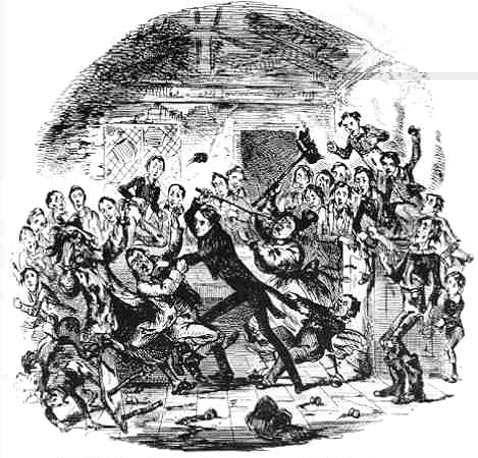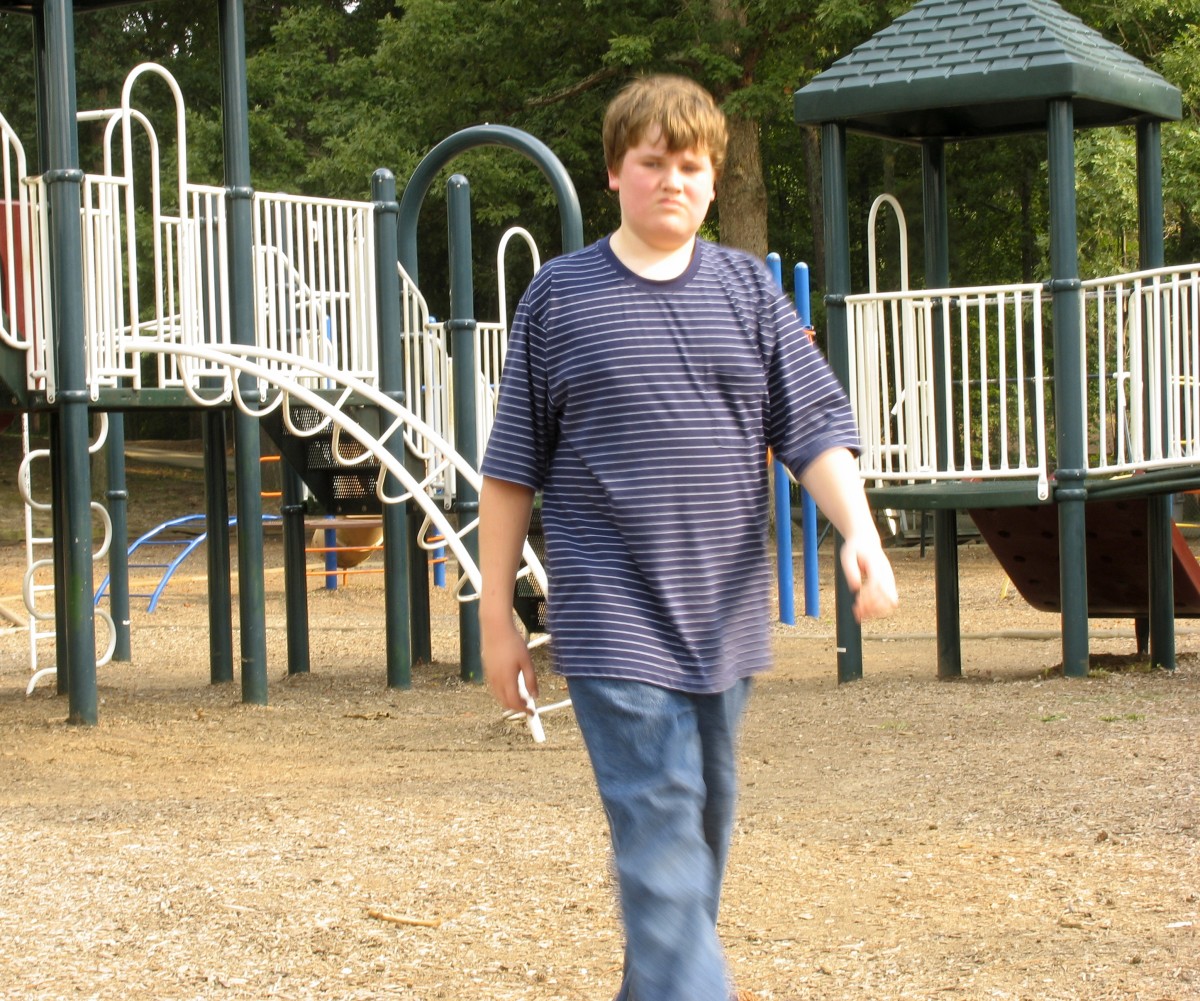Modelling high expectations: The assertive teacher

Issues of poor behaviour and disrupted learning have been evident throughout history. There were different ideas as to what constituted poor behaviour and a variety of (sometimes brutal) methods for diminishing it. During the reign of Queen Victoria, teachers were given a free reign as to disciplining their classes, which lead to some sadism and teachers brutalising children for very little. Examples of this can be explored in Charles Dickens’s ‘Nicholas Nickleby,’ which draws attention to the more grotesque pursuits of a certain Mr Squeers in the schoolroom.
…’As the last thrashing did you no good, we must see what another will do towards beating it out of you’ With this, and wholly disregarding a piteous cry for mercy, Mr Squeers fell upon the boy and caned him soundly: not leaving off indeed, until his arm was tired out’.
Dickens (1838) Nicholas Nickleby
Even though schooling has progressed significantly since then, there are still notable issues concerning the behaviour of children in today’s primary schools.
It has been well documented that poor behaviour is recurrent and seems to spurn from deep routed psychological discomfort. There is ample evidence to support the theory that children who are ignored at home crave adult attention, thus receiving negative attention is perceived as better than no attention.
‘Pupils may prefer disapproval to being ignored and will continue to behave like this because adult attention in itself whether praise or reprimand, is positively reinforcing.’
Merrett and Wheldall (1990:229)
This is something to really consider in the classroom, do the ‘naughty’ children in the class ever get any positive reinforcement in the shape of rewards or praise?
More often than not children who display poor behaviour suffer from low self-esteem and anxiety. I’d even go as far to say that their behaviour is a cry for help. I feel that as I approach the end of my training, it is my responsibility to respond to that cry for the protection of the whole class ethos as well as the individual child.
Modelling high expectations: the assertive teacher
I believe that key to a positive classroom environment, is an enforcement of high expectations, warmth and respect for children as individuals and learners. I consider the teacher to be fundamental to these values, she needs to use her own individual strengths to motivate and inspire her class into an understanding of rules and responsibilities for a safe and effective classroom: essentially it becomes a second home
’To children and teachers alike, the classroom represents ‘home’ for five or more hours of each weekday during term times. It’s prime function is provide a kind of ‘workshop’ context which supports the crucial interactions between them.’
Moyles (1995:191)
During my school experience placements, I found that with a ‘good’ teacher in front of a class, positive behaviour was very much in evidence. A good teacher seemed to emulate calmness and organisation, she was overtly assertive yet positive in her approach to the school day and offered both respect and encouragement for her class. Canter, L (1992) uses the model of the assertive teacher who sets clear boundaries and high expectations of all her children.
“… An assertive teacher has positive expectations of her ability to motivate students and a positive attitude is reflected in her words and actions…”
Canter, L (1992)
This suggests that the effective teacher is confident in her abilities to teach the children; she does not make empty threats or whine pleadingly to the children ‘Oh please, please be quiet!’ instead she takes her stand as a person of authority keeping firm to what she says, whilst positively modelling her high expectations of the children. Rogers, B (2002) would perhaps describe this effective teacher as pleasant but business-like.
“…confidently secure, pleasantly firm, without any overtones of ‘force’ perception of threat or perceptible anxiety”
Classroom behaviour (2002:35)
From my personal experience I noted that children in my class were very receptive to assertive decision making, they had expectations of me to solve disputes, and disagreements. This could be during lessons or perhaps at the end of the day when packing up for home time. If I settled disputes in a firm but pleasant way, the children would understand that this is what I considered to be acceptable behaviour. In any given situation, I needed to act professionally. Rogers highlights that sometimes heated instances that can occur in the classroom which result in inappropriate disciplinary action such as sarcasm or innuendo
“…Are you deaf or what?’ Don’t they teach you manners at home?”
Rogers (2002:57)
The teacher clearly acts as a role model to the children in her class. How can she expect her class to tidy up effectively after an activity if her own desk is cluttered and disorganised? If the teacher is hostile to the children when disruptions occur, how can the children not become hostile too in times of disarray?
The positive teacher creates a stable, orderly learning environment for all the children in her class supporting diversity and creativity but also setting clear boundaries for the children. These boundaries are to be interpreted as rules and routines and also classroom etiquette such as respecting each other and being civil and polite. Rogers (2002) outlines the crucial 4 R’s as rules, rights, responsibilities and routines. I feel that these are fundamental to any successful teacher-lead classroom. Personal experience has shown me that these four R’s need to be established early on in the term or it’ll be a difficult journey climbing back up the slippery slope.
Indeed, once these R’s have been established, they need to be reinforced by both the school and the class teacher. Continuous high expectations of the children’s abilities to adhere to rules, routines and responsibilities will result in a positive philosophy.
“ The most damaging attitude when working towards improving behaviour in schools is that of teachers not believing that children can change and lowering their expectations accordingly.”
Cousins, L and Jennings, J (2003:14)
Without high expectations from the teacher, the children will lose their incentive to work hard at their behaviour and learning, in fact if the teacher lowers her expectations, she will not be disappointed as poor behaviour will prevail.
Essentially, being human is the desire to be recognised and admired, therefore, if the teacher gives the children opportunities to receive positive recognition, they will strive to please. I have found in my latest school, that many of the children display poor behaviour. The teachers are working hard against some of the socio-economic problems, which echo in great number of the pupils in the school. Sadly, many of the children witness bad language and poor behaviour at home and in their surrounding environment, therefore sitting on a chair in a classroom can become a challenge for children who have never sat at a table in their life. However to reiterate my earlier point, even these children who give signs of apparently not caring a hoot for a sticker or a marbles in a jar, doin fact care for recognition from teachers around them, as one child said to me after swinging from the wall bars, and throwing his tambourine across the room
“ I have been good today Miss, haven’t I Miss?”
When perhaps my inclination is to throw him across the room instead of his tambourine, I have to remember that he probably had to try really hard not to do a lot more damage than he actually did. At times you can see him almost straining at the pressure to not kick a child and for his efforts, he quite rightly seeks approval and praise.








